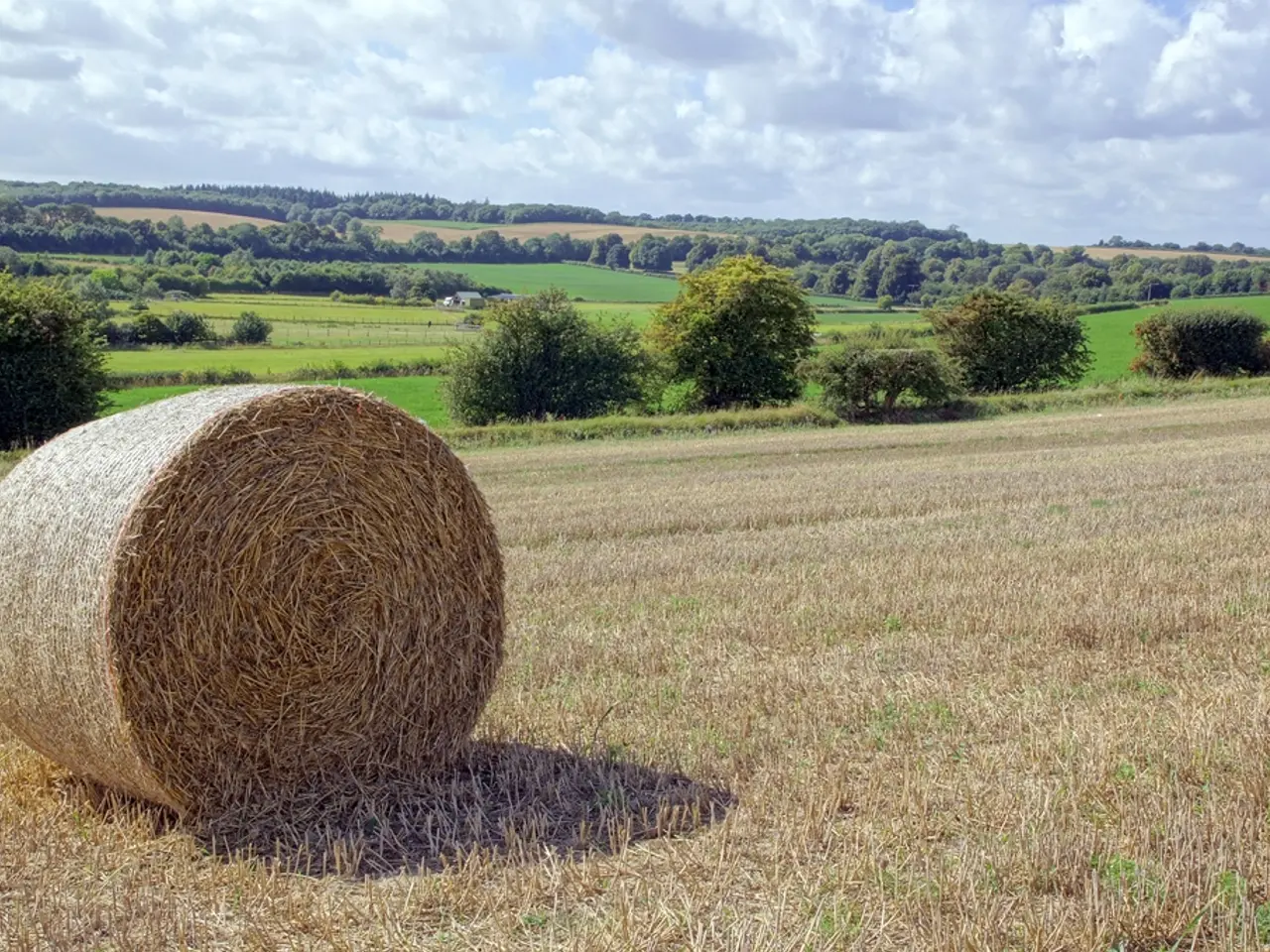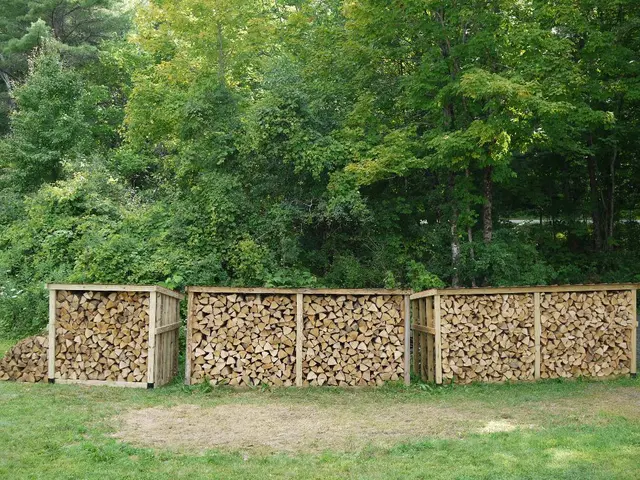Optimizing topsoil usage in your garden: Uncover the top 4 methods for topsoil application in your yard
Topsoil is a valuable resource in any gardening project. This naturally occurring product, packed with nutrients and microorganisms, plays a crucial role in supporting healthy plant growth. Here's a guide on how to make the most of topsoil in your garden.
Topsoil is ideal for planting beds, improving soil quality, and providing a good structure for roots. When creating new beds and borders, a good two to three-inch layer of quality topsoil, blended with compost, can be dug in and mixed with the existing soil. This will enrich the soil and provide a nutrient-rich environment for your plants.
When laying turf, it's essential to prepare the ground properly. Clear the soil of weeds and stones, and add 4-6 inches of quality topsoil to the site. Mix some grass seed with a bit more topsoil and fill the joints between the turf. This will help the turf root and establish itself more effectively.
Topsoil can also be used to level a lawn, whether for small undulations or larger depressions. For larger sunken areas of a lawn, remove the top sections of turf, fill in the gap with a mixture of topsoil and sand, and either reuse the sod or replace it with new turf.
For container gardening, it's best to use a pre-blended potting mix formulated to provide an ideal structure and balance of moisture and nutrients. However, topsoil can be used in raised garden beds. Use quality screened topsoil in filling raised garden beds to avoid rocks, sticks, or roots. At least 50% of the soil in a raised garden bed can be high-quality topsoil; a good ratio is often 60% topsoil, 30% compost, and 10% garden soil.
Topsoil is often for sale in garden stores and online, either in bags or in bulk for large projects. Topsoil direct from Iowa is available in bags ranging from 12 to 20 pounds, depending on the project. A topsoil and soil conditioner mix is also available, which adds peat moss and organic matter to your soil, making it ideal for preparing lawns or amending existing soil.
When preparing garden soil for spring, mulching, adding fertilizer like compost or chicken manure, and tackling weeds are recommended jobs. To top dress a lawn with small bumps and dips, use a mix of 40% sand, 40% topsoil, and 20% compost.
Remember, it's not advisable to use topsoil for container gardening due to its tendency to compact easily and lack of nutrient levels compared to traditional potting mixes.
Topsoil is a versatile and essential tool in any gardener's arsenal. By following these guidelines, you can ensure a successful gardening project and promote healthy plant growth.
Read also:
- Long-Term Prescription Drug Impact on Brain Function
- Benefits, sources, and supplements for Vitamin D and its role in addressing osteoporosis
- Diabetes Management during Pregnancy: Keeping Tabs on Blood Sugar Levels and Lifestyle Adjustments
- Life Expectancy with Interstitial Cystitis: Exploration of Research, Treatment Methods, and Additional Information




